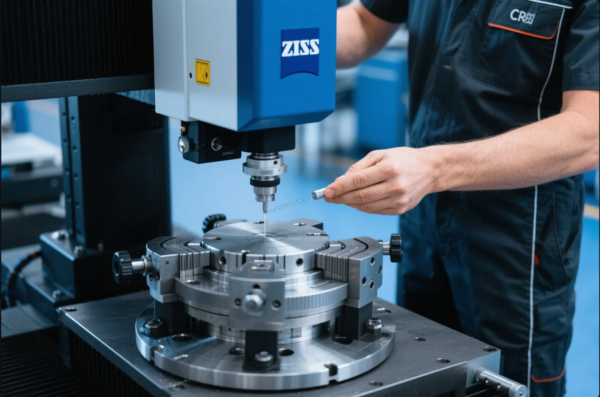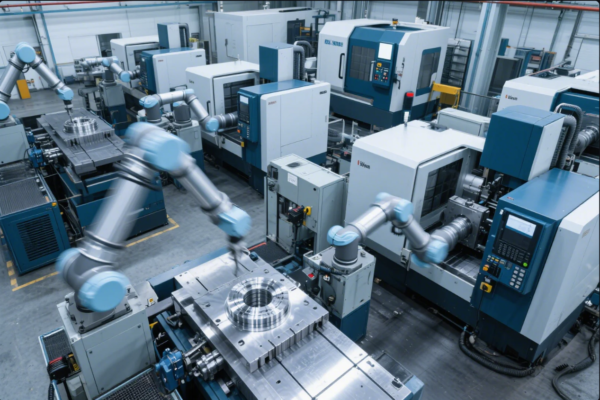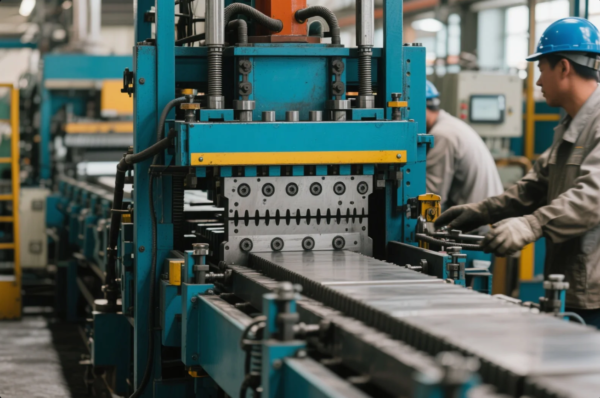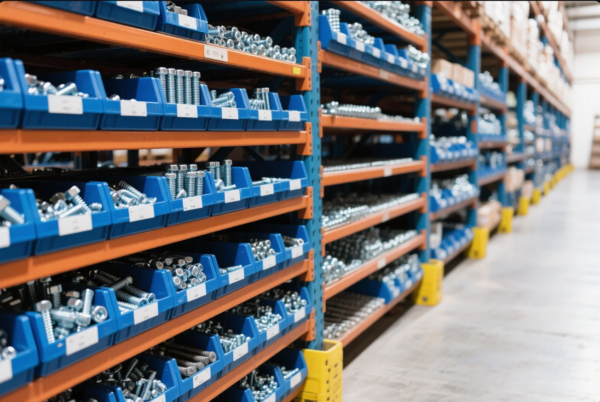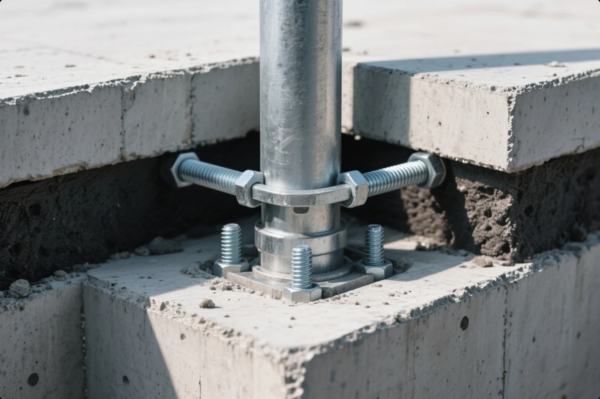What is a poor weld?
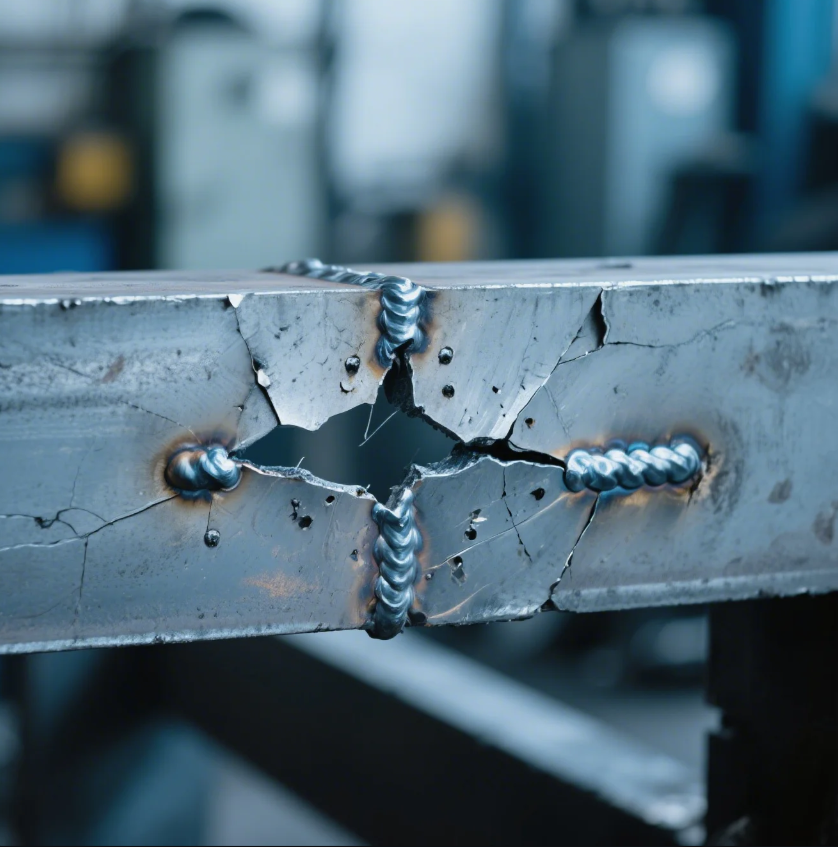
A poor weld can cause serious issues in a project, from structural weaknesses to safety risks. In this article, we’ll explore what constitutes a bad weld and how to identify common weld defects.
Snippet paragraph: A poor weld can compromise the strength and safety of your work. Learn how to identify bad welds, their characteristics, and the effects they can have.
Welding is a crucial skill in many industries, but it’s important to recognize the signs of a poor weld. Whether you're a beginner or a seasoned professional, understanding what makes a weld bad will help you avoid costly mistakes. Let’s explore the characteristics of poor welds and their impact.
What is considered a bad weld?
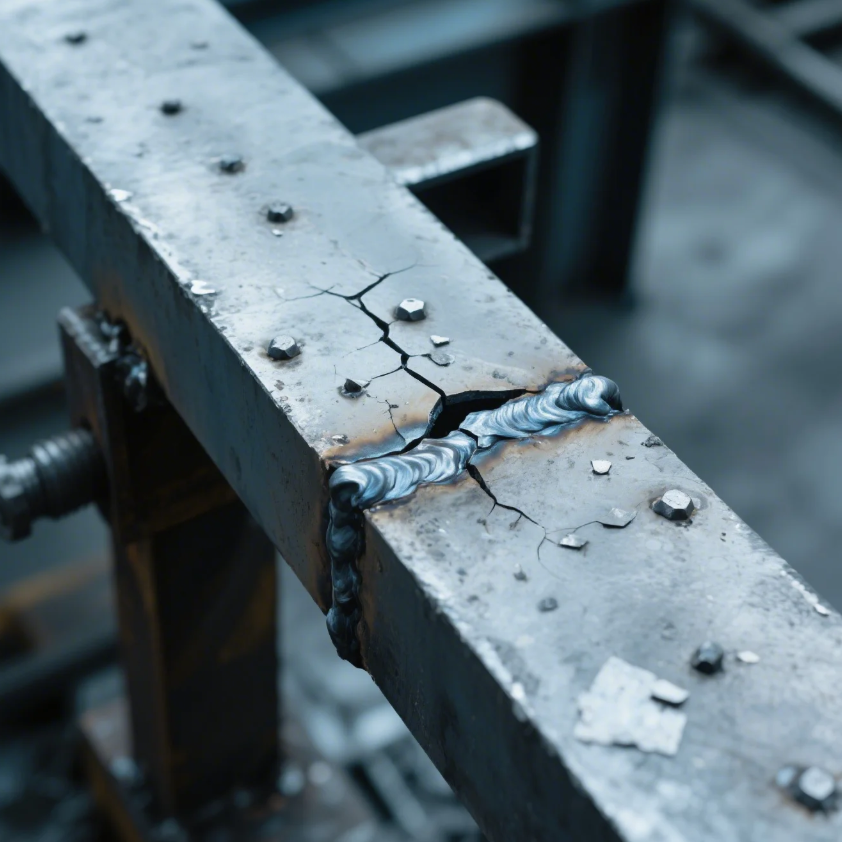
A bad weld is one that fails to meet the required standards for strength, appearance, or functionality. It typically results from improper technique, poor material handling, or incorrect settings on the welder.
Common Causes of Bad Welds
- Incorrect Settings: Using the wrong heat, speed, or filler material can lead to weak or incomplete welds.
- Poor Technique: Inconsistent motion or an unstable hand while welding can lead to defects like undercutting or lack of penetration.
- Contamination: Rust, oil, or dirt on the workpieces can compromise the weld quality, leading to cracks or weak joints.
Signs of a Bad Weld:
| Issue | Description |
|---|---|
| Weak Joint | The weld fails to properly fuse the materials. |
| Cracking | Cracks form in the weld or surrounding area. |
| Undercut | A groove along the base metal, weakening the joint. |
| Excessive Spatter | Too much spatter can cause rough, uneven welds. |
A bad weld is often weak, lacks durability, or shows visible defects, which can affect the strength and integrity of the final product.
What are the characteristics of a poor weld bead?
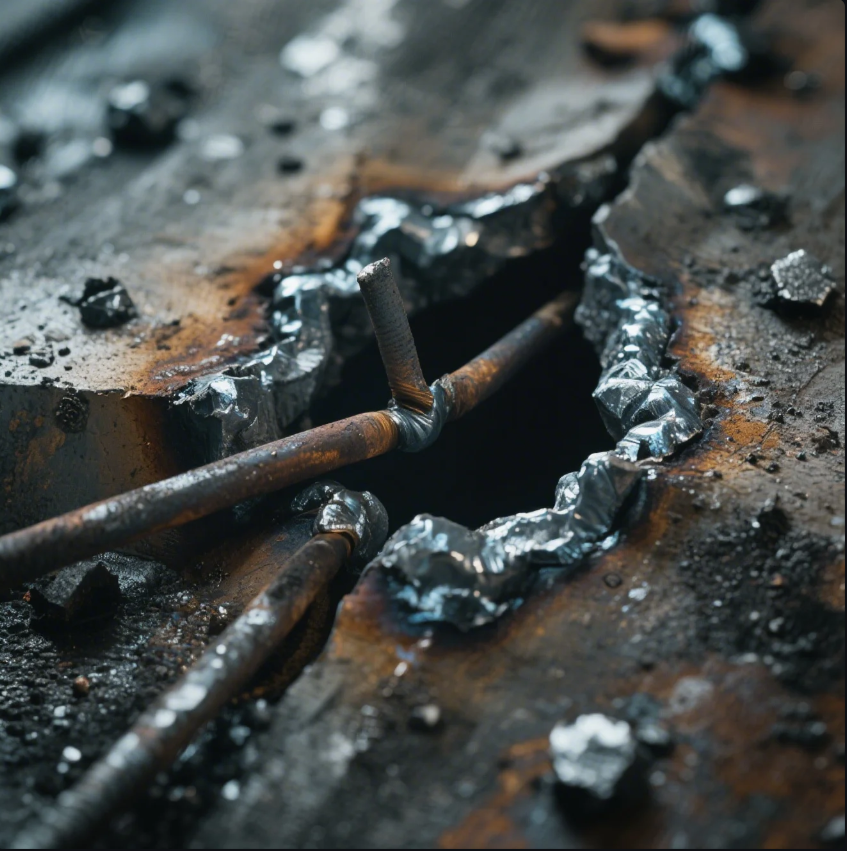
The weld bead is the result of the molten filler material cooling and solidifying. A poor weld bead has distinct characteristics that can indicate problems with the welding process.
Characteristics of a Poor Weld Bead
- Inconsistent Size: A poor bead will have uneven size, with areas that are too thick or too thin, which can weaken the joint.
- Porosity: Small holes or pits caused by trapped gas during the cooling process, making the weld weaker.
- Cracking: Visible cracks in the weld bead are a sign of poor heat control or contamination.
- Excessive Spatter: When the weld material splatters excessively, it indicates improper heat or settings, leading to a messy bead.
Poor vs. Good Weld Bead:
| Characteristic | Poor Weld Bead | Good Weld Bead |
|---|---|---|
| Size | Inconsistent or uneven | Uniform, even size |
| Surface | Pitted, cracked, or rough | Smooth, no cracks, clean surface |
| Porosity | Small holes in the bead | Clean, without gas bubbles or holes |
| Spatter | High amount of spatter | Minimal spatter, clean surroundings |
A good weld bead should be uniform in size, smooth in appearance, and free of cracks, porosity, and excess spatter.
What is the most common weld defect?

The most common weld defect is porosity. It occurs when gas gets trapped in the molten weld pool, leading to small holes in the weld bead.
Causes of Porosity
- Contaminated Material: Dirt, oil, or rust on the workpiece can cause gas to form during the welding process, resulting in porosity.
- Incorrect Gas Flow: If the shielding gas isn’t flowing correctly, the weld can become exposed to the atmosphere, causing gas pockets to form.
- Excessive Heat: Too much heat can cause the base material to burn, producing unwanted gas pockets in the weld.
Porosity in Welds:
| Type | Description | Effect |
|---|---|---|
| Surface Porosity | Small holes visible on the surface | Weakens the weld, making it prone to failure |
| Internal Porosity | Gas bubbles trapped inside the weld bead | Reduces the strength of the weld |
Porosity is a serious defect that weakens the weld and makes it susceptible to further damage, especially under pressure or stress.
What are the effects of a bad weld?
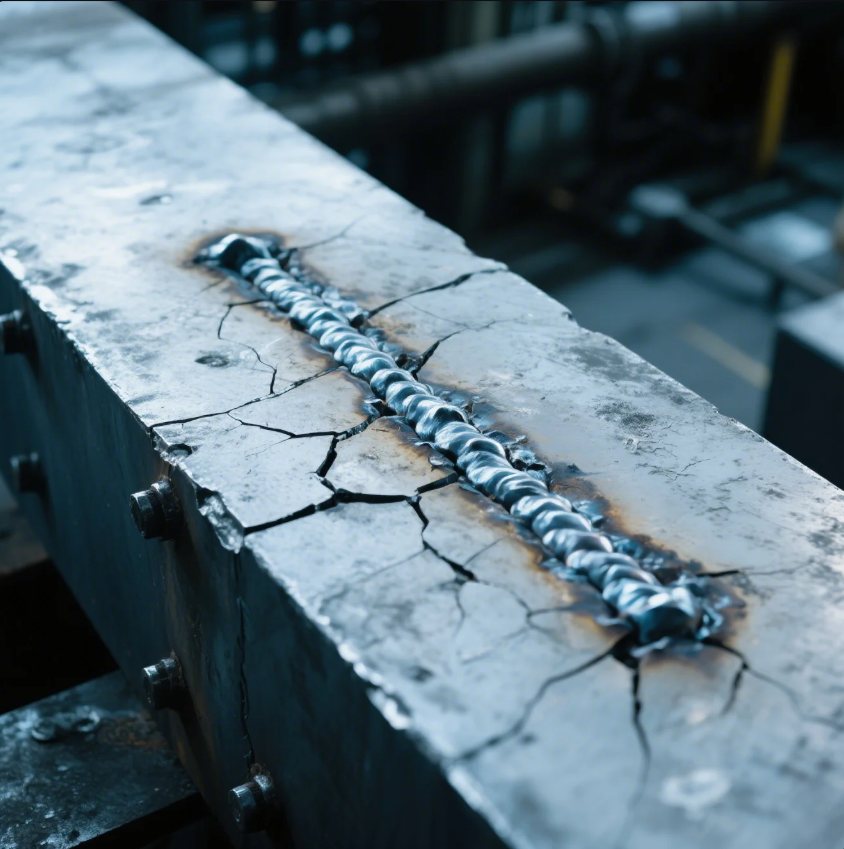
A bad weld can have severe consequences, affecting both the structural integrity and safety of the welded piece. The main effects of a bad weld include reduced strength, premature failure, and possible safety hazards.
Effects of a Poor Weld
- Weak Joints: A bad weld may fail under stress or load, resulting in a weak joint that can break easily.
- Cracking: Cracked welds can compromise the integrity of the material, leading to potential fractures during use.
- Corrosion: Poor welds that are porous or improperly sealed can allow moisture and other corrosive elements to infiltrate the material.
- Increased Maintenance Costs: Bad welds often lead to additional repairs and maintenance, increasing long-term costs.
Risks of Bad Welds:
| Risk | Description |
|---|---|
| Structural Failure | Poor welds can lead to the collapse or breakdown of critical structures. |
| Safety Hazards | Cracked or weak welds can pose a safety risk in machinery or vehicles. |
| Increased Downtime | The need for repairs and rework can cause production delays. |
A bad weld can cause significant operational issues, including breakdowns, accidents, and increased downtime, which is why proper welding techniques are essential.
Conclusion
A poor weld can result from several factors, including incorrect settings, poor technique, or contamination. Common signs of bad welds include weak joints, cracks, porosity, and excessive spatter. The most common weld defect, porosity, can severely weaken the weld. Understanding these defects and their effects is crucial for ensuring strong, safe, and durable welds.
At Prime, we are committed to delivering high-quality welding services with precision and care. Contact us today to learn more about how our welding solutions can meet your project’s needs and ensure a reliable, safe result.

